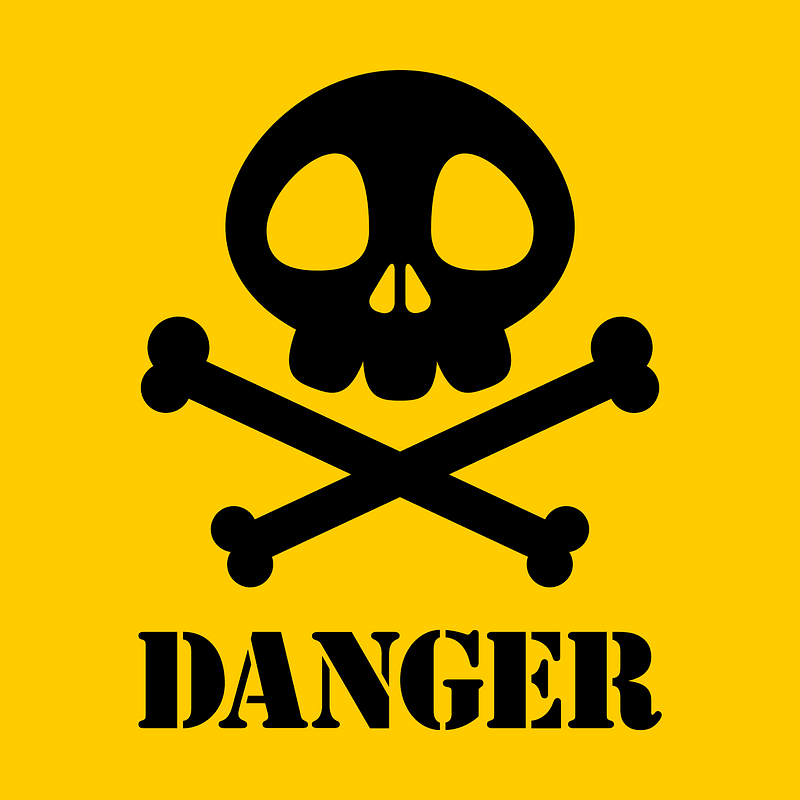
The “danger invites rescue” doctrine is a legal principle that holds a person responsible for damages if their negligence creates a hazardous situation that prompts someone else to attempt a rescue. This doctrine establishes a chain of liability, where the person responsible for the initial danger becomes liable for injuries sustained during the rescue process. The “danger invites rescue” theory is as follows:
- Initial Danger: A person’s negligence leads to a hazardous situation endangering others.
- Rescue Effort: A rescuer intervenes to aid or save the imperiled individual.
- Injury Incurred: The rescuer sustains injuries during the rescue attempt.
- Liability for Rescue: The rescuer can pursue legal action against the negligent person whose actions necessitated the rescue.
The roots of the “danger invites rescue” doctrine can be traced back to at least 1871, notably in the case of Eckert v. Long Is. R.R, Co. In this pivotal case, a man lost his life while attempting to save a child from being struck by an oncoming train. Despite potential negligence on the part of the rescuer, the court ruled in favor of the rescuer’s estate, emphasizing that actions taken to preserve human life, even if seemingly negligent under normal circumstances, are often considered justifiable.
The “danger invites rescue” doctrine remains highly pertinent in modern legal contexts. A recent example that underscores its significance is the case of Leonard v. City of New York (2023). Leonard, a construction worker, leaped into a collapsed trench to rescue a co-worker who was in the trench and Leonard believed to be injured. Leonard’s act of rescue led to his own injuries. The court in Leonard’s case reaffirmed the doctrine’s applicability, asserting that a “duty of care” extends to potential rescuers when a culpable party places another individual in immediate peril. Consequently, Leonard’s lawsuit against the City of New York, alleging negligence in the trench collapse, was permitted to proceed.
The “danger invites rescue” doctrine encapsulates society’s recognition of the sanctity of human life and the moral duty to aid those in danger. This doctrine acknowledges that in the pursuit of saving lives, actions that might otherwise be deemed negligent can be justified. This doctrine establishes a chain of liability, where the person responsible for the initial danger becomes liable for injuries sustained during the rescue process.